The turbocharger is mainly composed of a compressor and a turbine, which are connected by a transmission shaft. The turbine's air inlet is connected to the exhaust manifold, and the exhaust port is connected to the exhaust pipe; the compressor's air inlet is connected to the intake pipe, and the exhaust port is connected to the intake manifold.
The turbine is impacted by the exhaust gas discharged by the engine to cause high-speed operation, and at the same time drives the coaxial compressor to operate at high speed, forcing the compressed air into the cylinder.
OSIAS turbocharger
The advantage of an engine equipped with a turbocharger is that it can greatly increase the engine's torque and power without increasing the engine's displacement. For engines with the same displacement, the power of an engine equipped with a turbocharger is increased by about 40% compared to an engine without a turbocharger, so turbochargers are now widely used.
During the working process, the turbine mainly uses the exhaust gas energy discharged by the engine to drive the compressor to supercharge the intake air, which basically does not affect the engine's power, and the acceleration continuity is good. However, there is a disadvantage. When the engine is running at a low speed, the turbocharger cannot intervene in time, and there is a certain hysteresis. This phenomenon is called turbo hysteresis.



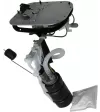

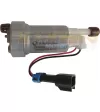
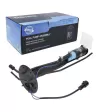



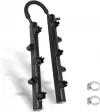
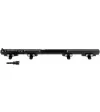
Write a comment